1. Indoor Applications: Precision and Space Constraints
Indoor spaces often present specific challenges, such as tight areas, limited headroom, and precise load handling requirements. Electric lifting winches are particularly advantageous in these scenarios due to their compact design and precision control mechanisms. When space is limited, a wall-mounted or ceiling-mounted electric winch can be installed without occupying valuable floor space, making it ideal for warehouses, factories, workshops, and even loading bays.
These winches can handle a variety of tasks, such as moving heavy machinery for repairs or maintenance, lifting and lowering large components within confined spaces, or transporting goods between different levels of a building. For example, in a manufacturing facility, an electric winch can be used to lift parts or equipment to a mezzanine floor for storage or to enable maintenance procedures on high machinery.
Indoor applications often require a high level of accuracy when lifting or lowering items to specific positions. Electric winches offer fine control with variable speed and load adjustment features, making them suitable for delicate tasks that demand precise positioning, such as the installation of equipment in a control room or the assembly of sensitive machinery in a cleanroom environment.
Indoor electric winches are typically powered by standard AC electricity, making them easy to integrate into existing electrical systems in factories or workshops. Their smaller size and ease of installation make them a preferred solution for managing heavy lifting in tight, restricted spaces.
2. Outdoor Applications: Durability and Power
Outdoor environments present a very different set of challenges. Harsh weather conditions, rugged terrain, and large-scale lifting tasks require electric winches designed to withstand these extremes. Outdoor electric lifting winches are engineered to be more durable and resistant to the elements. Many models feature weatherproof casings, corrosion-resistant materials, and sealed motors to ensure reliable performance even in harsh conditions, such as construction sites, shipyards, or agricultural fields.
The power requirements for outdoor tasks can also be more demanding. Electric winches used outdoors typically have higher lifting capacities and stronger motors to handle heavy-duty lifting. Whether it’s lifting steel beams on a construction site, hoisting large equipment for mining operations, or handling bulky construction materials like concrete or scaffolding, electric lifting winches provide the necessary strength and reliability.
In addition to heavy lifting, outdoor winches can be used in a variety of roles, including towing, hauling, and pulling tasks. For instance, winches mounted on construction vehicles, trucks, or cranes are frequently used for pulling loads across uneven or rugged terrain, such as construction sites, mines, or off-road environments. These winches often come equipped with long cables and high torque motors, making them suitable for moving heavy loads across challenging landscapes.
Outdoor electric winches can also be used in marine applications, such as on docks and ships, where they help lift heavy loads or anchor equipment in coastal environments. These models are typically designed with waterproof seals and resistant coatings to ensure they continue to operate reliably despite exposure to saltwater, moisture, and varying weather conditions.
3. Dual-Use Features for Both Environments
One of the standout features of modern electric lifting winches is their adaptability for both indoor and outdoor environments. Many models are designed with dual-use capabilities, meaning they can be easily deployed in both settings with minimal modification. This flexibility can be especially beneficial for businesses or industries that operate in both indoor and outdoor environments, such as construction companies, warehouses, and maintenance contractors.
Portability is a key feature that makes electric winches ideal for both types of applications. Some models are lightweight and portable, allowing operators to move them from one location to another, whether inside a factory or outdoors on a job site. These portable winches often come with convenient features such as battery packs, wireless remotes, or easy-to-transport frames that enhance mobility and usability. Portable winches can be used in tight indoor spaces or moved to outdoor locations for heavy lifting, giving businesses the flexibility to handle different types of projects.
Adjustable lifting capacities also play a significant role in the versatility of electric lifting winches. Depending on the type of task, a winch can be selected with the appropriate lifting capacity to handle both small and large loads. For example, a small-capacity winch might be used indoors for lifting equipment in a factory, while a higher-capacity model is deployed outdoors for construction or mining work.
Power source flexibility is another aspect that enhances the versatility of electric winches. For indoor environments, electric winches typically rely on standard AC power sources. However, when used outdoors, they may be equipped with rechargeable batteries or connected to external power sources, such as generators, to provide mobility and ensure operation in remote or power-limited areas. Some winches also feature dual power options, allowing operators to switch between different power sources based on the environment.
4. Safety Features for Both Settings
Safety is paramount when using electric lifting winches, whether indoors or outdoors, due to the risks associated with lifting heavy loads. Fortunately, modern electric winches are equipped with a range of safety features that help minimize the risk of accidents and ensure smooth operation.
Overload protection is one of the most important safety features found in electric lifting winches. This system automatically stops the winch when it detects an overload condition, preventing the motor from burning out or the winch from failing. This is particularly crucial in both indoor and outdoor applications, where lifting large loads can quickly lead to excessive strain on the winch if not properly monitored.
Remote control and automation are also becoming more common in electric lifting winches. These features allow operators to control the winch from a distance, reducing the risk of accidents and improving operational efficiency. Remote controls enable the operator to monitor the lifting process, stop the winch if necessary, and adjust the load without being physically close to the moving equipment. This is particularly important for outdoor tasks in hazardous environments, where the risk of injury can be higher.
For outdoor environments, winches are also designed with weather-resistant safety features to ensure they remain functional even in tough weather conditions. For example, windproof covers, shockproof designs, and rust-resistant cables are common features that protect the winch from damage in harsh outdoor environments. Indoor winches, on the other hand, may come with safety features tailored to the indoor environment, such as automatic emergency stops or low-noise operation for quieter working conditions.

 ENG
ENG
 English
English русский
русский Español
Español

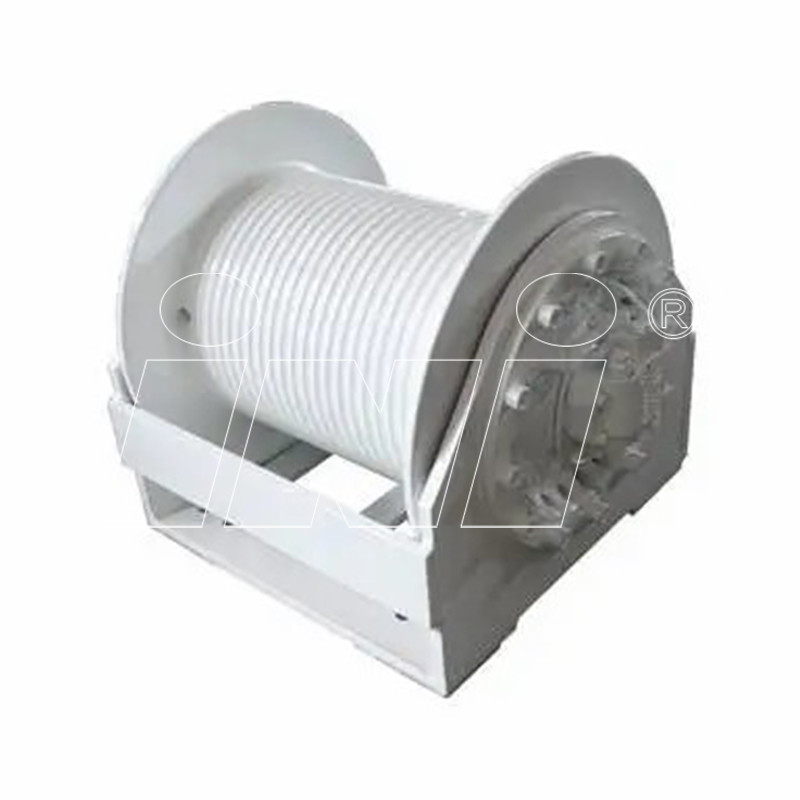
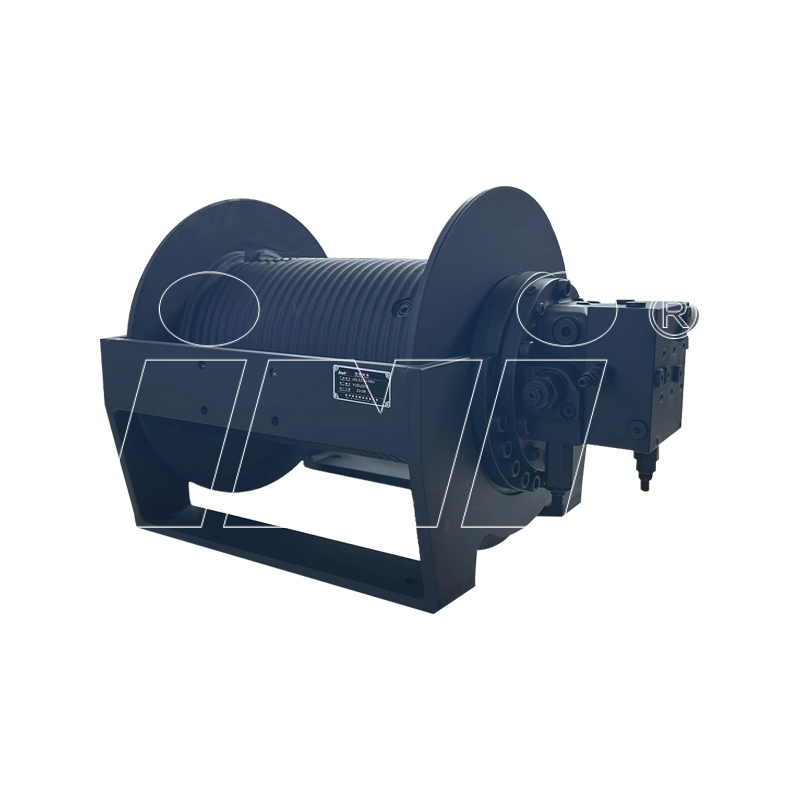
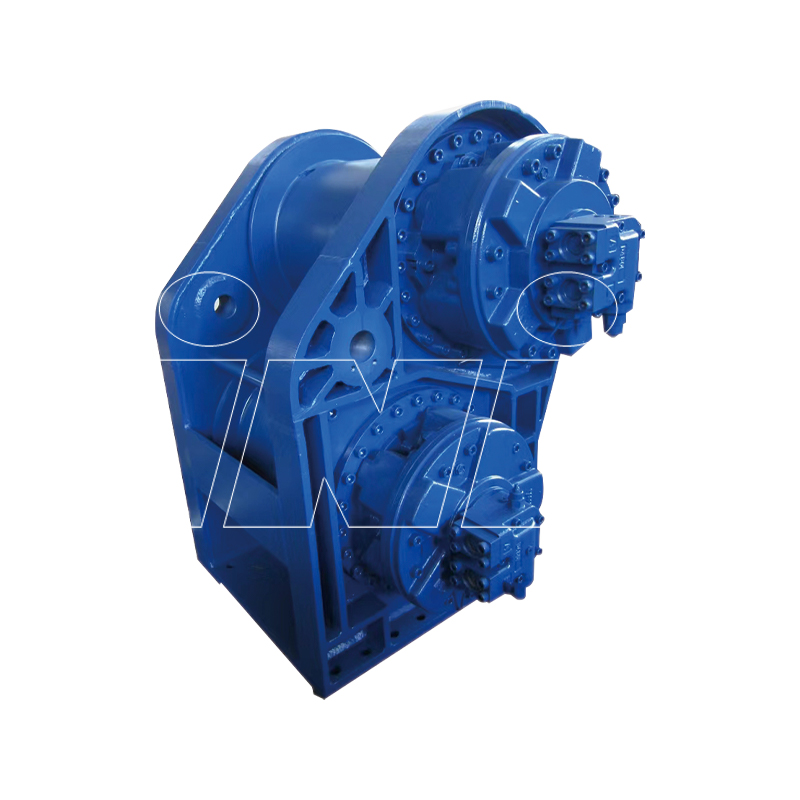

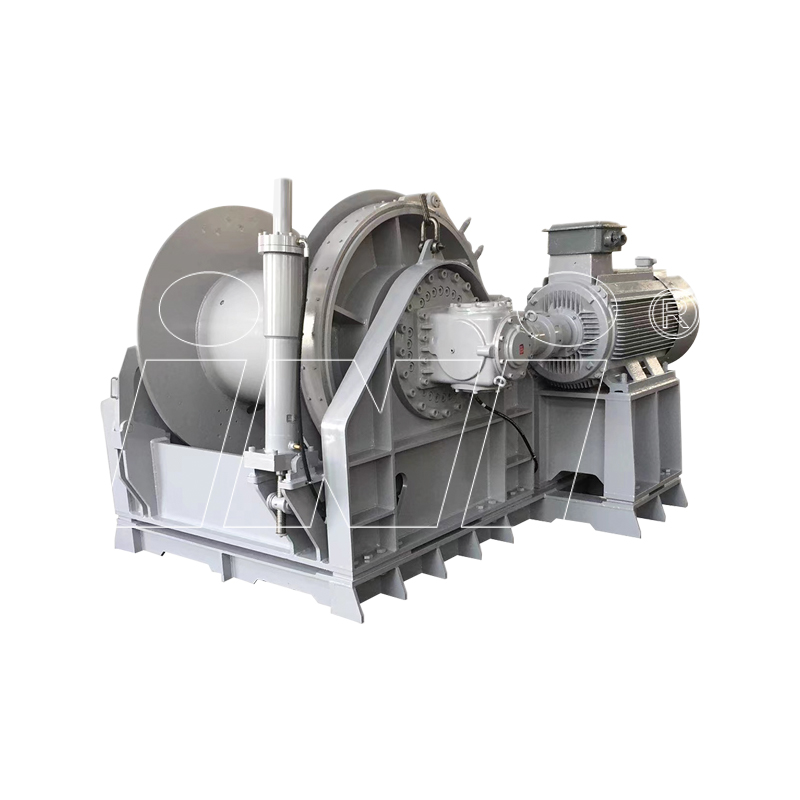





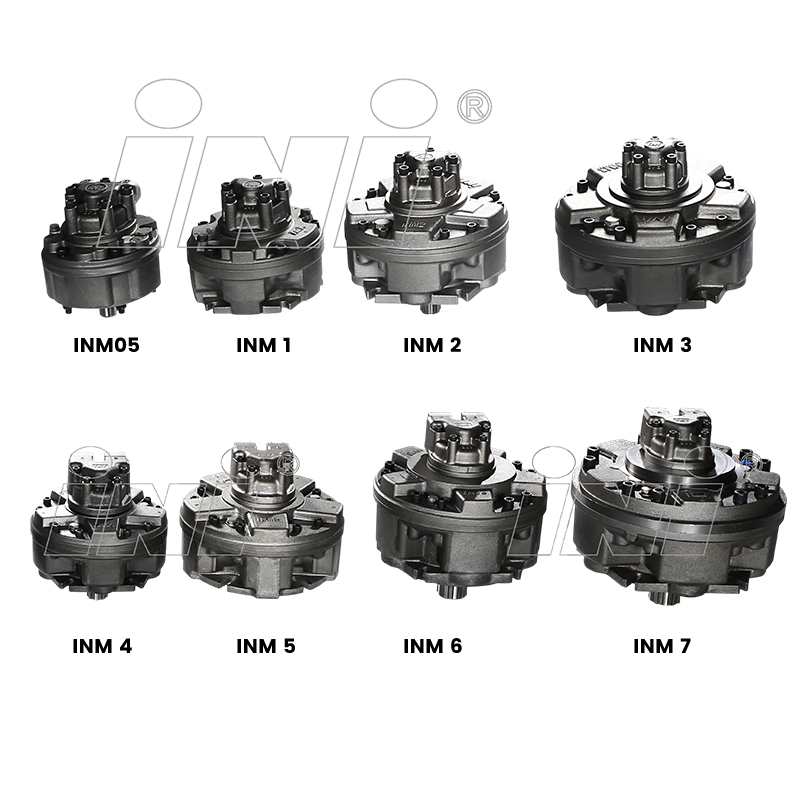
 English
English русский
русский Español
Español
 TOP
TOP